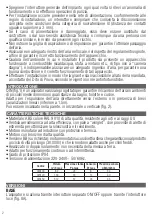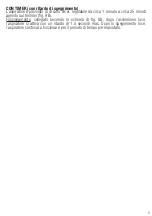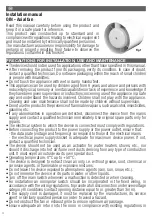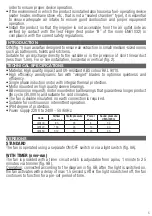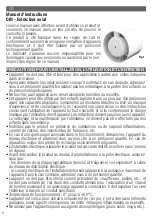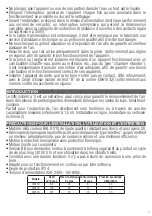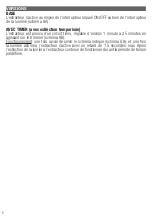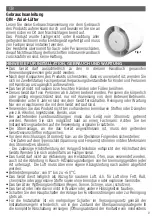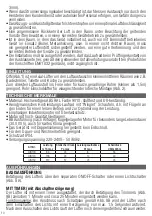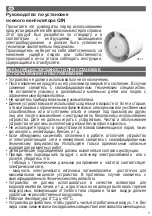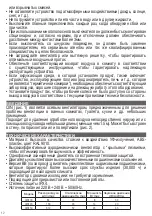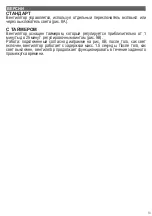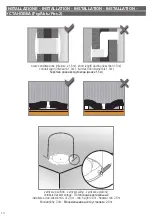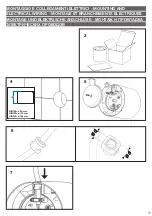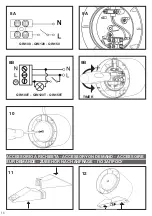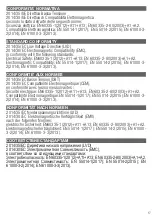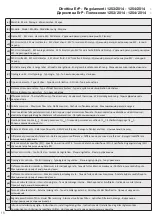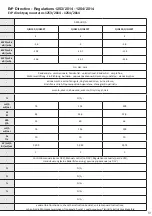
5
STANDARD
The fan is operated using a separate ON/OFF switch or via a light switch (fig. 8A).
WITH TIMER (over-run)
The fan is provided with a timer circuit which is adjustable from aprox. 1 minute to 25
minutes via trimmer (fig. 9B).
Operation
: connected according to the diagram in fig. 8B, after the light is switched on,
the fan activates with a delay of max 1.5 seconds. After the light is switched off, the fan
continues to function for a pre-set period of time.
QIN (fig. 1) is an axial fan designed to ensure air extraction in small/medium-sized rooms
such as bathrooms, toilets and kitchens.
Suitable for air discharge directly to the outside or in the presence of short linear duct
(less than 1.5m). For in-line installation, horizontal or vertical (fig. 2).
• Material: High quality, impact and UV-resistant ABS colour RAL 9010.
• High efficiency aerodynamic fan with “winglet” blades to optimise quietness and
efficiency.
• Single phase induction motor with integral thermal protection.
• Motor mounted on high quality sleeve bearings.
• BB version (on request): motor mounted on ball bearings that guarantee a longer product
life cycle (30,000h) and suitable for cold climates.
• The fan is double insulated: no earth connection is required.
• Suitable for continuous or intermittent operation.
• IPX4 degree of protection.
• Power supply 220V to 240V
~
50/60Hz.
Code
Airflow
m
3
/h max
Static pressure
Pa max
Power
W max
Sound pressure
dB(A) @3m
QIN100
84
24
8
34
QIN120
163
43
14
40
QIN150
312
57
24
46
order to ensure proper device operation.
• If the environment in which the product is installed also houses a fuel-operating device
(water heater, methane stove etc., that is not a “sealed chamber” type), it is essential
to ensure adequate air intake, to ensure good combustion and proper equipment
operation.
• Install the product so that the impeller is not accessible from the air outlet side as
verified by contact with the Test Finger (test probe “B” of the norm EN61032) in
compliance with the current safety regulations.
INTRODUCTION
TECHNICAL SPECIFICATIONS
VERSIONS


